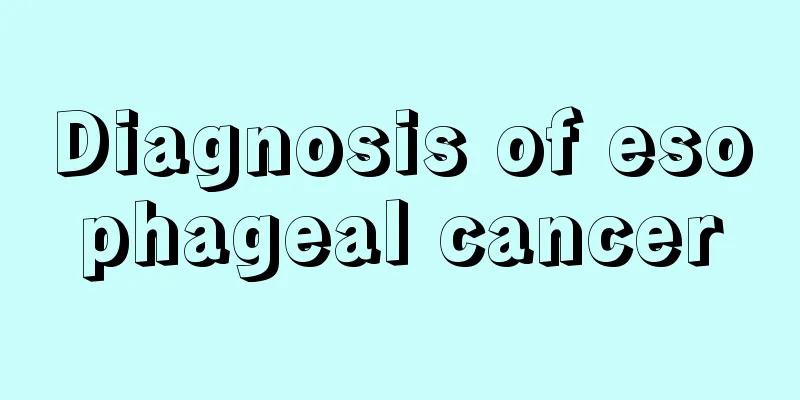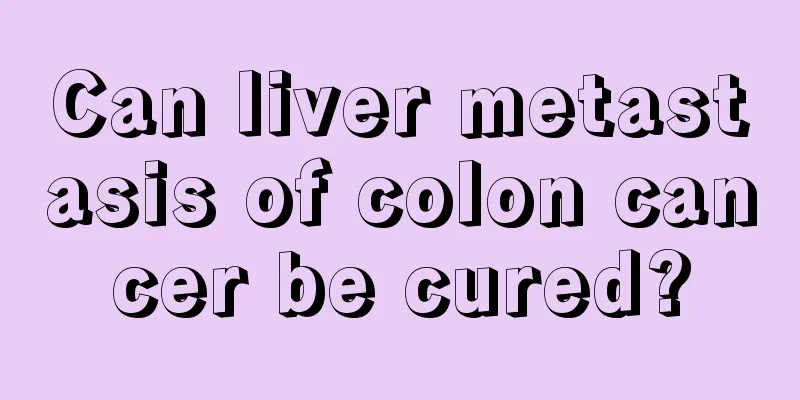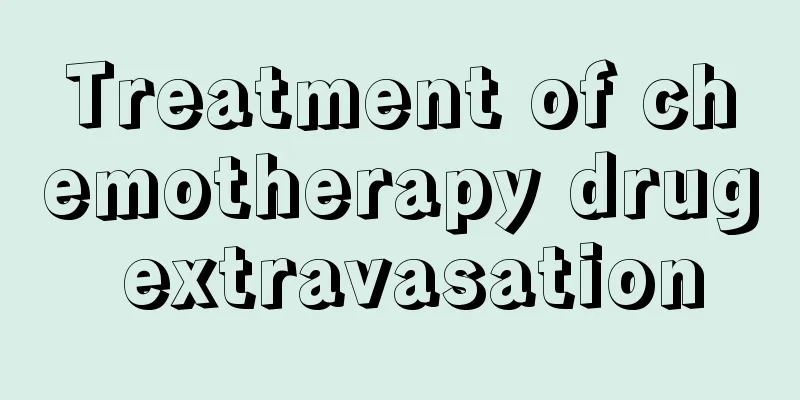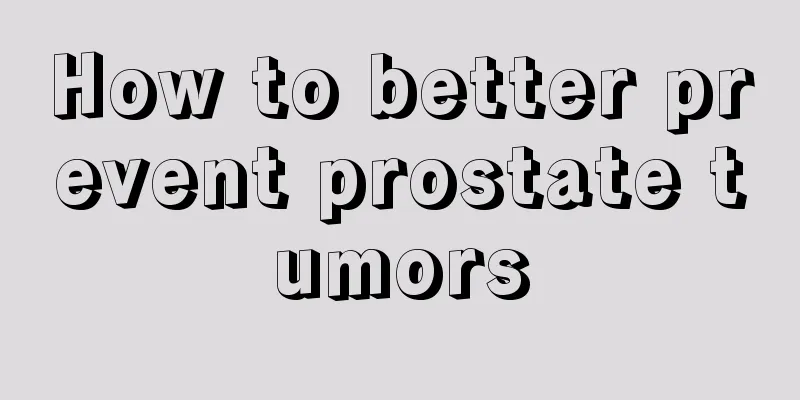Diagnosis of esophageal cancer

|
Early detection and diagnosis of esophageal cancer are very important. Anyone over 50 years old (over 40 years old in high-incidence areas) who experiences a feeling of stagnation behind the sternum or difficulty swallowing after eating should undergo relevant examinations in a timely manner to confirm the diagnosis. It is generally not difficult to confirm the diagnosis through detailed medical history inquiry, symptom analysis and laboratory tests. 1. Examination of esophageal mucosal exfoliated cells: Swallow the double-lumen plastic tube with a net balloon cell collector into the esophagus, inflate the balloon after passing through the lesion, and then slowly pull out the balloon. Take the net and wipe the material for cytological examination. The positive rate can reach more than 90%, and some early cases can often be found. 2. Esophageal X-ray examination: The signs of early esophageal cancer X-ray barium meal contrast include: thickening of mucosal folds, tortuosity such as dotted line interruption, or burr-like esophageal edge; small filling defects; small ulcer niches; localized tube wall stiffness or barium retention. In mid-to-late stage cases, irregular stenosis of the lumen, filling defects, disappearance of tube wall peristalsis, mucosal disorder, soft tissue shadows, and the paradoxical phenomenon of huge filling defects and widened lumen in intracavitary esophageal cancer can be seen, with mild to moderate dilation and barium retention at the proximal end. 3. Esophageal CT scan: CT can clearly show the relationship between the esophagus and the adjacent mediastinal organs. If the thickness of the esophagus is >5mm and the boundary with the surrounding organs is blurred, it means that there is an esophageal lesion. CT scan can fully show the size of esophageal cancer lesions, the scope and degree of tumor invasion, and help determine the surgical method, radiotherapy target area and radiotherapy plan. However, CT scan is difficult to detect early esophageal cancer. 4. Endoscopic examination: Endoscopy can directly observe the morphology of the lesion and perform biopsy under direct vision to confirm the diagnosis. It can also be combined with the live staining method to improve the detection rate. When using methylamine blue staining, the esophageal mucosa does not stain, but the cancerous tissue can be stained blue; when using Lugol iodine solution, normal squamous cells are brown due to the presence of glycogen, while the lesion mucosa does not stain. |
>>: Differential diagnosis of colon cancer
Recommend
What are the signs of lung cancer? Pay attention to these four aspects
Lung cancer is very common in life, and there are...
Can I take intravenous drip to reduce inflammation if I take cephalexin which damages my liver?
Cefuroxime is actually an anti-inflammatory drug....
First grade schedule at home
Children are very playful and spend most of their...
What are the benefits of walking on pebbles
Many people like to take a walk in the park after...
Eating spicy food can relieve stress at work
Nowadays, Sichuan restaurants, Hunan restaurants ...
Symptoms of advanced bladder cancer spread
Symptoms of advanced bladder cancer: The symptoms...
What are the symptoms of allergy to 84 disinfectant?
84 disinfectant solution is a very common disinfe...
What are the effects and functions of fat emulsion
Fat emulsion is a drug that can supplement energy...
What does compound camphor cream treat
Many people have experienced the symptoms of itch...
How to relieve headache caused by air conditioning?
In the hot summer, it is easy to get heatstroke i...
Is leprosy hereditary?
Leprosy is a highly contagious disease, but it is...
How to do the health care work for rectal cancer specifically
Among the many diseases of tumors, rectal cancer ...
How to diagnose cerebral palsy
There are many reasons why children suffer from c...
What is the list of emergency medicines
In addition to developing good living and eating ...
Is beard removal harmful to your health?
Growing a beard is a normal physiological phenome...









